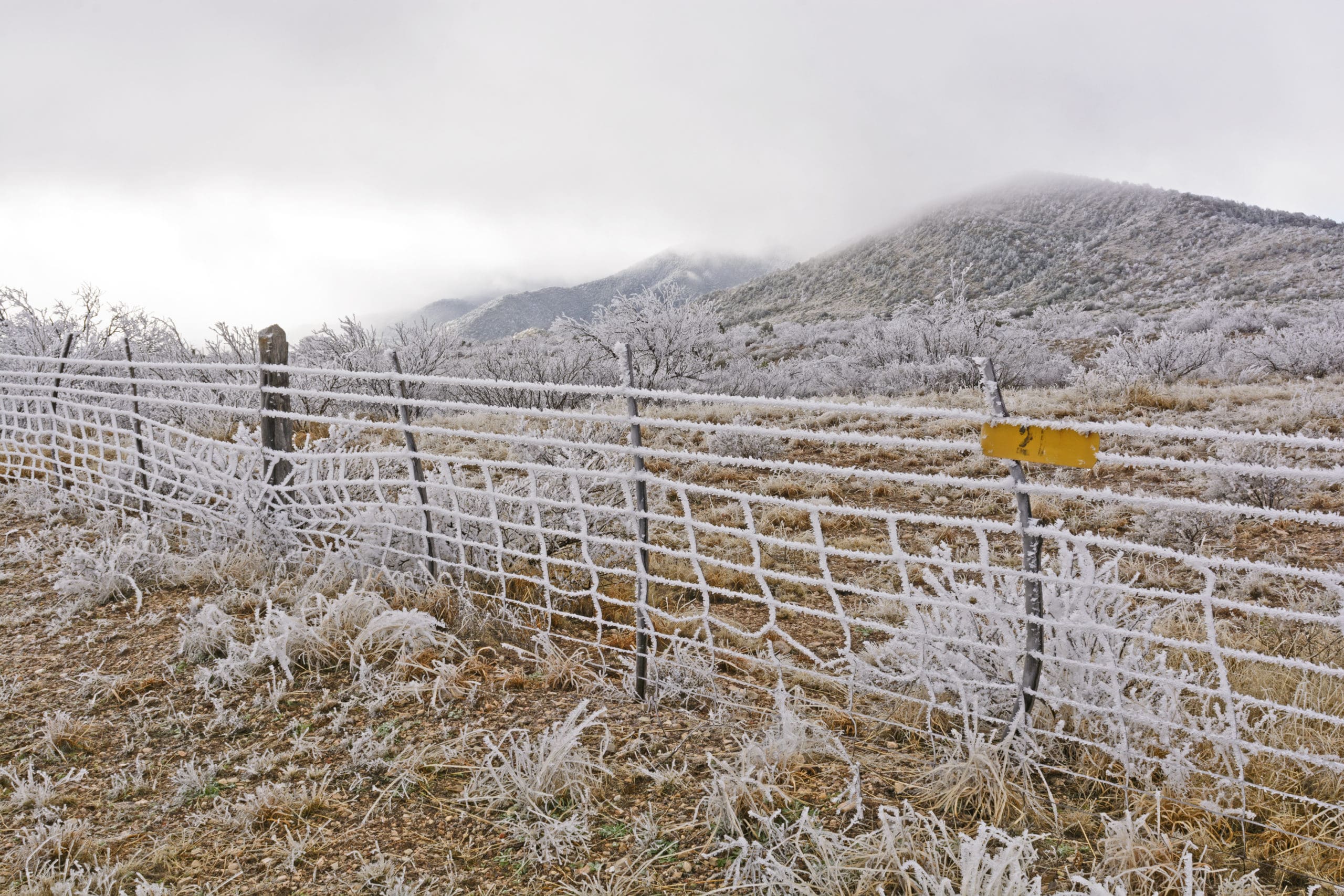
If you’ve turned on the news this week, you know about the winter storms in the southern United States. Texas was hit especially hard by unprecedented snow, sleet, and ice. Blackouts started Monday morning and continued for as long as 2 days for some residents, according to poweroutage.us. This left millions of homes without power in freezing cold temperatures. We all heavily rely on the stability of the power grid. So we’re left wondering, how did this happen, and could it happen to us?
How Did it Happen?
Experts still don’t have 100% of the information, but there is a lot they do know.
The Scale of the Storm
The winter storm that hit Texas was greater in size and severity than any seen in recent history. Every county in the state was under a winter storm warning at the same time. 10.1 inches of snow fell on San Angelo, Texas. The previous record there was 2.5 inches in 1951. Dallas and Houston both experienced temperatures well below freezing. Austin also saw extremely unusual weather, with 6.4 inches of snowfall (the most they’d seen in 55 years). Essentially, Texas hasn’t experienced such cold temperatures in over a century.
A Lack of Winterization
Because this weather is so uncommon for Texas, they didn’t take the precautions and preparations that colder states typically take to protect their energy sources. For example, in northern states, power generators are usually located inside of buildings. This helps protect them during the freezing winter months. However, Texas stores their generators outside. Keeping them inside would prevent them from being used to their full capacity during the summer months, when the demand for energy in Texas is often much higher than in the winter.
Texas primarily use uses natural gas, wind, coal, and nuclear power for energy. As temperatures began to dip into the teens, power plant generators across the state started to freeze and go offline. Natural gas pipelines also started freezing. Even some wind turbines froze because they weren’t equipped with the cold weather packages they have in northern climates. All of this led to a significant reduction in energy production.
The Amount of Power Required
It takes more energy to heat homes than to cool them. This isn’t what the energy system in Texas is built for. Almost 50% of power generated by Texas comes from natural gas. Because of the cold, gas couldn’t even make its way from the ground through the pipes in some cases. Additionally, as energy sources stopped working, the demand for power across the state increased. As temperatures got colder, people turned up their thermostats at the same time that power plant generators were freezing. There simply wasn’t enough supply to the meet the demand.
What is ERCOT and Why Does it Matter?
The U.S. is divided into three electrical grids: one covers the eastern states, another the western states, and then there is the Texas grid. The Texas power grid covers nearly the entire state, comprised of almost 47,000 miles of transmission lines and substations carrying electricity to utility companies for distribution. The Electric Reliability Council of Texas, or ERCOT, is a nonprofit that manages about 90% of the state’s power. This group is controlled by the state, rather than being managed at a federal level. This allows them to remain independent from many federal regulations.
However, we now see that this independence is a trade-off. The energy grid throughout Texas lacks extensive integration with the grids powering the surrounding states. This disconnect prevented the ability to get help from other states when their grid fell short.
Texas also made a decision not to require equipment upgrades to better withstand extreme winter temperatures, leaving their system unprepared for this crisis. ERCOT officials said that some generators implemented new winter practices that were recommended following a storm in 2011. Unfortunately, the changes made were not sufficient to keep generators online during such an extreme winter event.
What’s Next?
Stay tuned for more updates about how workers are bringing power back to the people of Texas, and how Texas plans to prevent this from happening again in the future.



